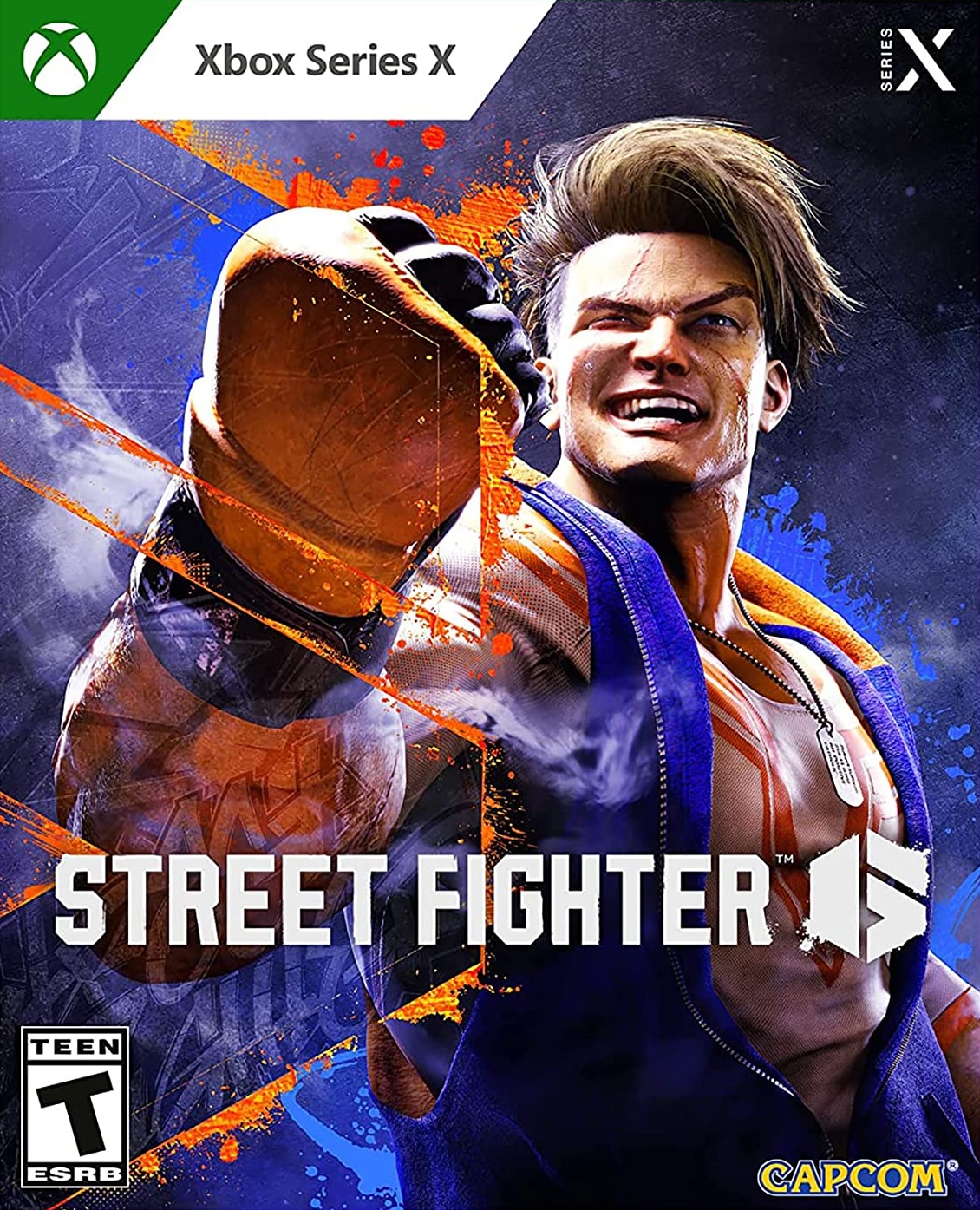Street Fighter 6
Developer: Capcom
Publisher: Capcom
Platforms: PlayStation 4, PlayStation 5, PC, Xbox Series X (Reviewed)
Release Date: Available Now
Price: $69.99 USD – Available Here $109.95 AUD – Available Here
Overview
The Street Fighter franchise is one of the longest running fighting games still being produced today and over the series’ history there have been many ups but also a few downs as Capcom has worked to innovate while sticking true to what fans love. This nearly came to an end however back in 2016 when a shockingly bare-bones release of Street Fighter V became one of the worst launches in the series’ history and while improvements were made over the years, the stigma remained. Now nearly seven years later Capcom has come out swinging with a new entry to the franchise that not only serves as a return to form but also proves that fighting games can truly be for anyone willing to give them a shot.
Story
The majority of the game’s storyline comes from the World Tour mode as players take their created fighter and find themselves enrolled in Luke’s gym, learning the basics of fighting from Buckler Security’s owner and quickly establishing a rivalry with another rookie fighter by the name of Bosch. As players learn the ropes on the streets of Metro City, Bosch sets out on his own journey to find strength as the player continues their own, meeting numerous familiar faces along the way and learning special moves and abilities from these “Masters” by using their fighting style and bonding with them with gifts and various interactions.
Despite having a fairly loose story, World Tour gives Street Fighter fans something they have been eager for for quite some time and that is actual interactions with the cast of Street Fighter. Not only can players interact with characters like Ryu, Ken, and Chun-Li and learn more about them but even how fighters like Cammy or even Luke have been getting on since the events of the previous games. That being said, it is a bit disappointing that, outside of interacting with the player character and the original characters created for the story, the actual fighters don’t really interact with each other in any way and more than a few are given only a brief moment before being relegated to simply being someone to learn skills from. These simple interactions may not seem like much but are still a treat for longtime fans and when combined with the countless nods to other characters in the series, the Final Fight franchise, and even a number of guest appearances that even some longtime fans may not recognize; players will find World Tour to be a fully established mode with plenty of content for fans of the franchise.
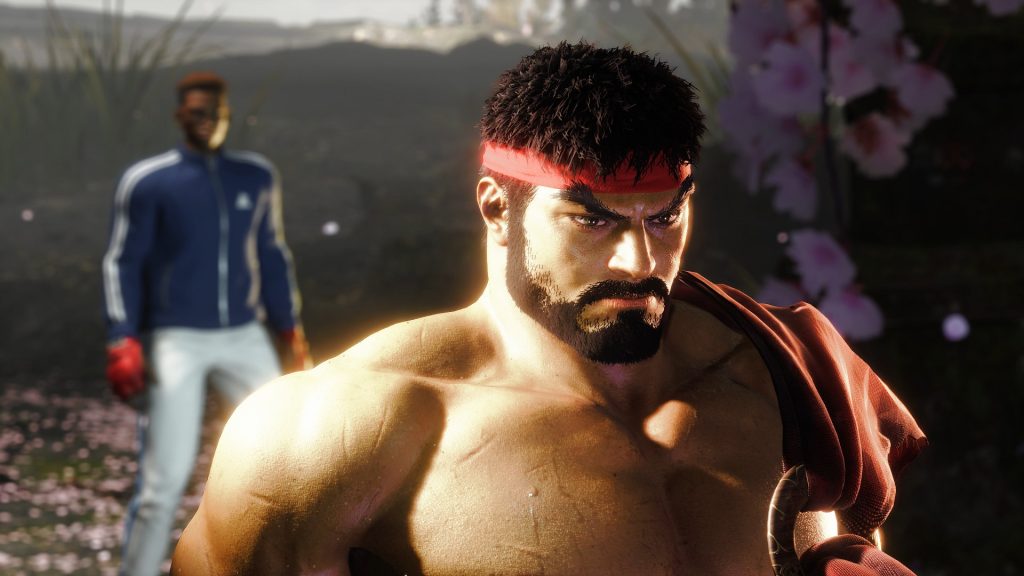
Those looking for more character interactions between the fighters and additional bits and pieces of storyline will find the game’s arcade mode offering extra content. As players advance through an arcade run with a character they will be treated to some extra details about each of the 18 characters’ current lives, what they are up to, and their goals.
Gameplay
The fighting mechanics in Street Fighter 6 remain mostly true to what fans of the series will remember as fighters make use of their normal attacks, special attacks, grabs, and movement techniques to deal damage all while building their Super Art gauge that can be triggered to unleash a highly damaging move with three different tiers of technique available depending on how much charge players wish to expend. With 18 characters at launch players will easily be able to find a character that best fits their playstyle as at least three or four characters fall into each category ranging from rushdown, zoner, grappler, and more with even these character types having different elements to set them apart from one another. Some fighters will be able to make use of armored attacks to deal plenty of damage while being left open for counters, others can zip around an arena with fast combos, and others focus on highly damaging throws that grow stronger the more they are used and this is only the tip of the iceberg when it comes to the individual character mechanics.
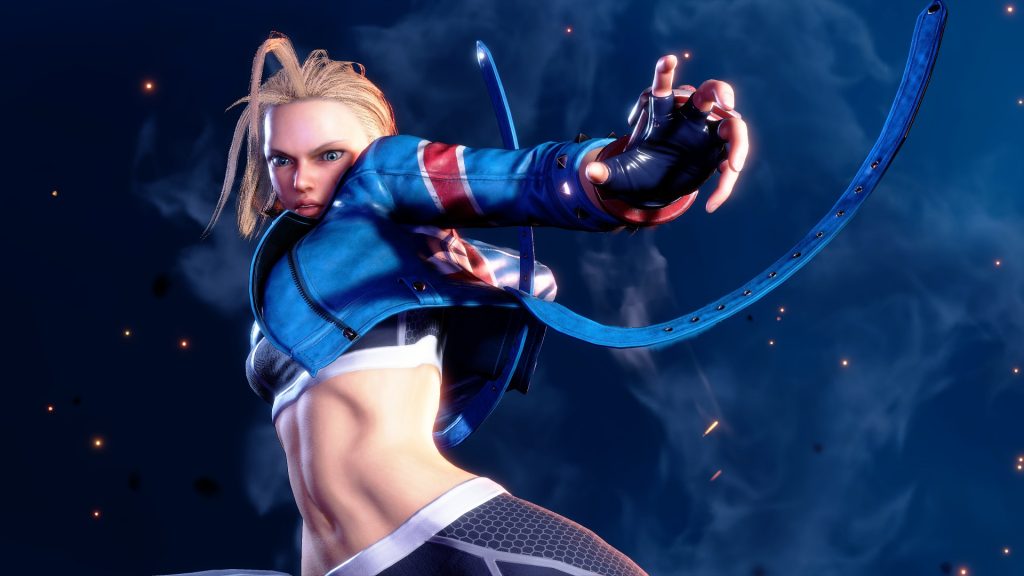
Many classic and returning characters retain most, if not all, of their familiar moves though a few have been given extra tools to work with to make them a bit more effective in certain match-ups to create better balancing while the newer fighters such as Manon can deal ever-increasing damage the more times she throws her opponent, Lily who can enhance her powers with wind, and even Jamie who grows stronger the more he manages to drink during a fight. Every returning and new character has their own usage that sets them apart from others and perhaps the most shocking thing is that despite the wide variety of characters available things feel mostly balanced. Obviously some situations will arise where certain match-ups are just not going to play out well unless the player is highly skilled with their fighter but this feels like a far rarer occurrence in Street Fighter 6 where a little practice can go a long way to knowing how to handle your preferred fighters against other players.
Now while many of the basic mechanics and character moves may remain the same, Street Fighter 6 has also implemented a brand new “Drive System” that all characters can make use of. Players will be able to make use of their Drive Gauge to execute either Drive Parry or Drive Rush during a fight and both of these techniques can play a major role in how a fight can play out. Executing a Drive Parry will nullify any incoming attack outside of a grab while a Drive Rush can provide a burst of speed to close the gap and even string together extra combo attacks. Along these same lines Drive Impacts are armored attacks that can stagger an opponent when struck in the middle of the arena or even knock them back against the wall leaving them open for punishment near the edge. The Drive Gauge can even be used to “Overdrive” standard special attacks for every character with powered up attacks dealing extra damage, having more strikes, or adjusting the final positioning of the blow to help players mix things up.
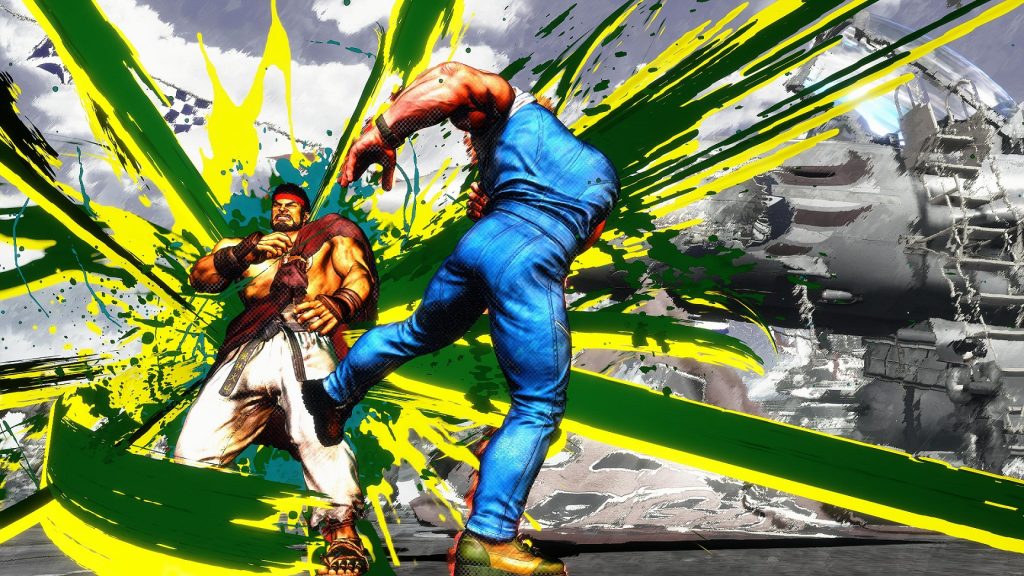
It is worth noting that the Drive Gauge is not infinite and only slowly regenerates over the course of a round, though successful parries can refill it faster. Should the player burn their entire Drive Gauge they will enter a state of “burnout” that will require their entire meter to refill before any Drive moves can be performed again. It is also worth noting that fighters in burnout can be forced into a dizzy state leaving them wide open for punishment so players will need to be careful of when to use their meter. This is especially true as careful use of Drive attacks and parries can play a major role in swinging matches in the user’s favor, especially allowing players to open foes up for a powerful finishing blow or pulling off a crucial final strike.
While all of these mechanics may be difficult to learn, even for longtime players who may have taken a few years off of the series, there is a middle-ground for newcomers, those who may not be able to sink a lot of time into the game, and even for those looking to try something different. This middle-ground comes in the form of Modern controls. Alongside classic controls that give players complete control of every move they execute and use quarter/half circles and other inputs for special moves, Modern controls keep things much simpler. Modern controls allow players to easily execute special moves and even the standard attacks are simplified to light, medium, and heavy with players even being able to pull off chain combos by holding the assist button. This control system actually works incredibly well for newcomers or even fans of the series who never “labbed” out their characters and simply enjoy fighting casually. It is worth noting that not every move for most fighters appears to be available in Modern controls and players that want to get the most of their fighters will eventually want to swap to Classic but this Modern approach allows anyone to jump into a fight and feel like they have at least some idea about what their character is capable of.
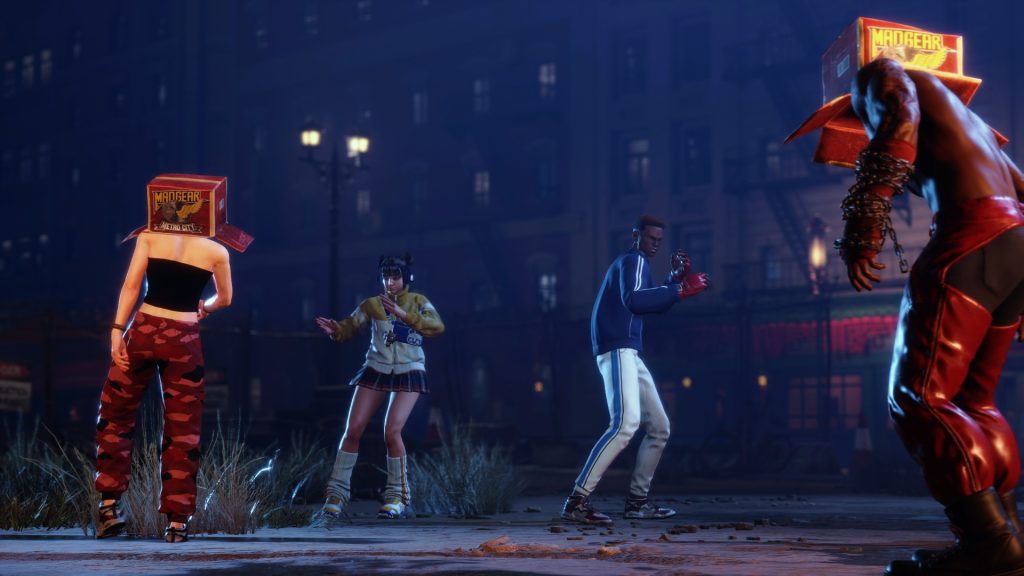
Now Street Fighter 6 has separated itself with three different gameplay modes, with World Tour serving as the single-player story mentioned above where players will find themselves exploring a fairly large world where they can grow their created character with light RPG mechanics. Players will take their created fighter and interact with main characters from Street Fighter, learning their abilities and interacting with them as master and student while battling it out against random gang members and challenging nearly anyone they wish to a street fight. Things like clothing can adjust their fighter’s stats while special moves can be mixed and matched, meaning a fighter may use Cammy’s Spiral Arrow alongside Blanka’s electric shock and Marisa’s gladius, allowing for some rather extreme combinations that can create a fighter’s dream character. Even items can be used to provide temporary buffs or heal during a fight with extra food being able to be eaten for additional buffs before battle through a few eateries. World Tour is a lengthy and fairly solid mode that, as mentioned earlier, gives some great interactions that fans have been eager to see with both classic and new fighters alike. There are moments where grinding can feel necessary, be it for money or gaining stats, and some interactions with the world can feel a bit shallow but otherwise World Tour offers far more content than one would expect from a fighting game.
Those looking for more simple and straight-forward single player content will find it in the Fighting Ground mode. Fighting ground is where standard versus matches take place against friends or the computer, an arcade mode that offers extra bits of story with special illustrations and even bonus stages, and even the Extreme battles that allow players to set up special stipulations for fights while also allowing random gimmicks to happen at the same time. This single player content is quite detailed and works great as a side attachment to the World Tour mode.
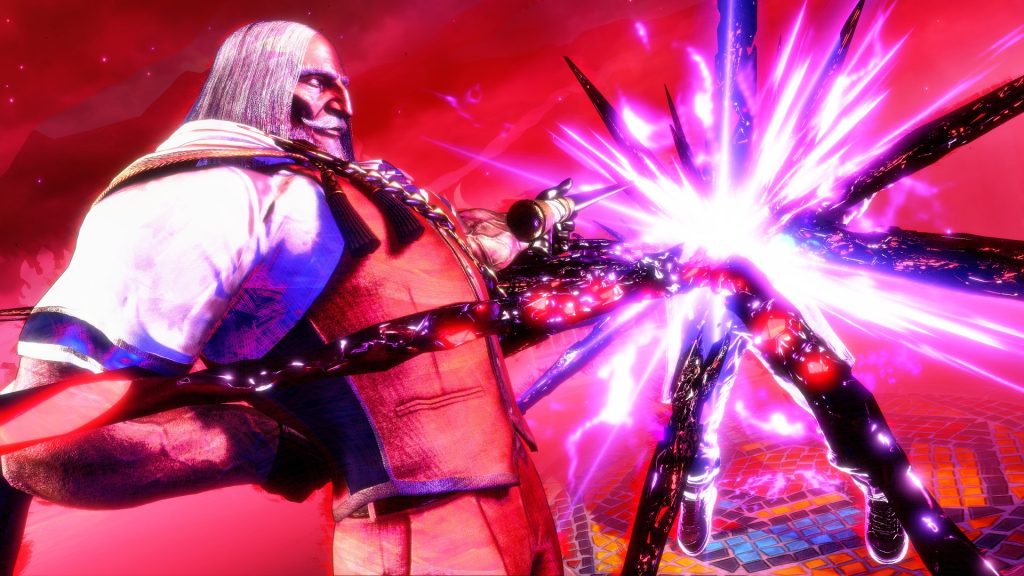
Finally there is the Battle Hub where players will need to test their skills against others online. Battle Hub places players into a lobby where they can select their primary fighter and free roam around the arena as their World Tour avatar while either waiting for ranked or player matches to be made in the background or directly challenging other players sitting at arcade cabinets. Players can even take part in avatar battles in the battle hub, pitting their created fighter against others to see just how random things can become or even play some retro Capcom Classics that appear to rotate as days pass.
As players are matched up in Street Fighter 6 they are given a preview of their opponents connection and can choose to decline matches that may look like they will be laggy but even low-rated connections appear to work perfectly fine thanks to how impressive the game’s netcode appears to be. Not only are inputs quick and responsive but loading into matches is fast with there being very little downtime between accepting a match and throwing punches. There were a few disconnects from my time in online matches though whether this was due to online issues or people quitting is unknown as none of these fights lagged until the disconnect. With Battle Hub giving players plenty of options for matches, including the ability to sit and spectate others fighting (though these can occasionally have fast-forwarded action when paused), this open lobby system works incredibly well, especially for those looking to group up with their friends online.
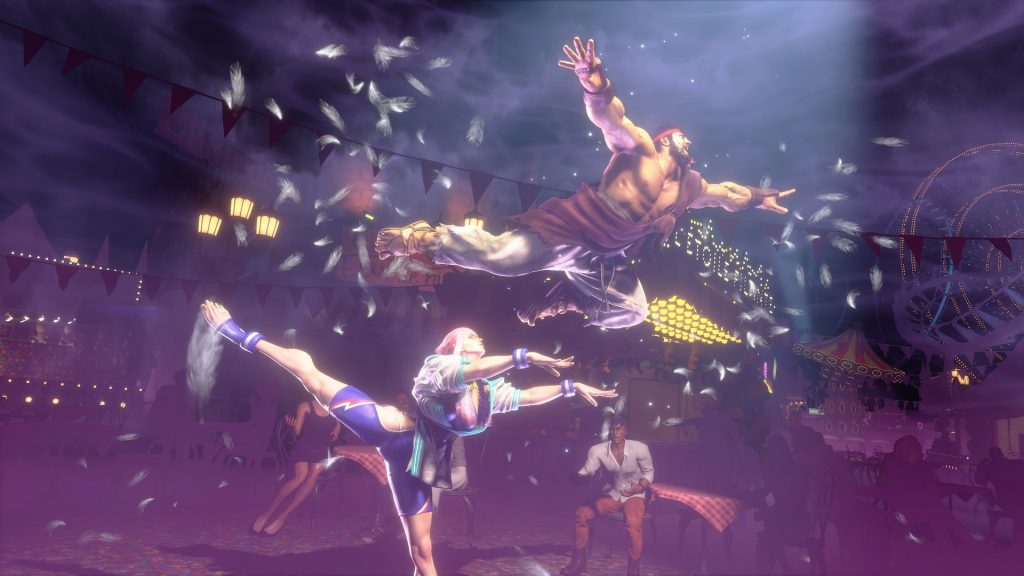
It is worth noting that the online component does have some possibly worrying monetization elements though at the moment it is unclear how much of an issue these may be. Secondary costumes for the first 18 fighters can be unlocked through World Tour or purchased using paid-currency that, at present, can only be bought. Cosmetic items that do not offer status improvements can also be purchased online either with paid-currency or tickets earned from completing limited challenges. There is also a battle pass that will arrive in the future but at the moment the company has not stated how much it will cost nor how drastic the difference in rewards will be between the free and paid tiers.
Visuals & Audio
With Street Fighter 6‘s release this marks the first time that Capcom has used their RE Engine on a fighting game of any kind and the results are quite excellent. The character models for the fighters are highly detailed and wonderful looking with a variety of expressions that can be made pre-match and can even be roughed up looking during certain match types that allow for bruising, torn clothes, and even a bit of blood depending on the character. This level of detail carries into the World Tour mode as well as the world players explore is vibrant and filled with colorful little references while the character creator itself is exceptional and offers players a wide-range of tools capable of recreating their favorite characters or even hideous monstrosities if they feel like it. The fighting itself is incredibly fluid looking with smooth animations for everything ranging from standard attacks to flashy drive strikes and super moves. There appears to be no slowdown during actual matches though players may notice an occasional hitch while exploring in the Battle Hub and World Tour. It is also nice to note that the arcade mode features a number of hand-drawn images for each character’s story and players will unlock a large amount of bonus art every time they run through the arcade.
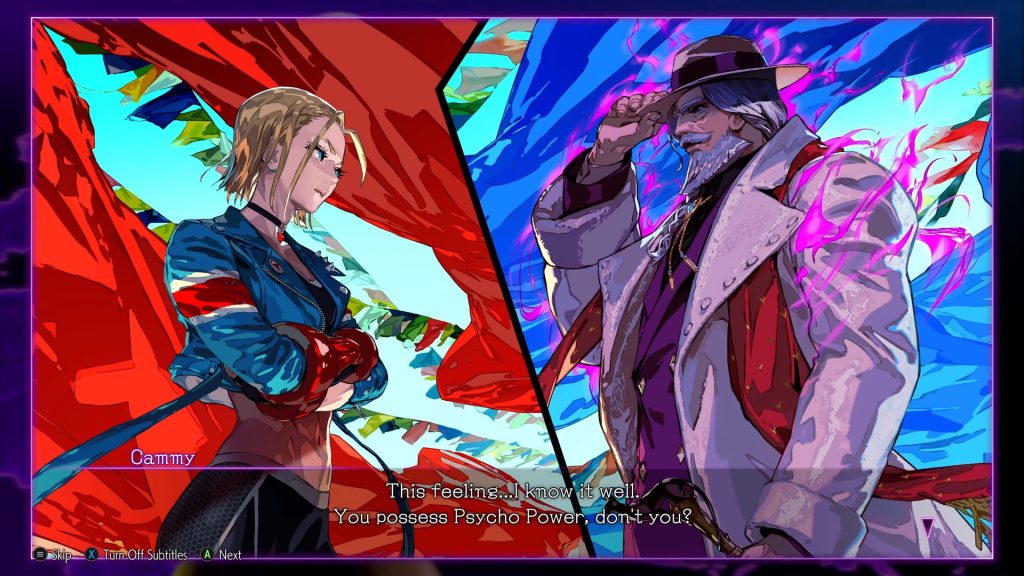
Street Fighter 6 comes with a variety of language options that players can choose to use with all of the returning cast sounding just like fans should remember them and handling their characters well even during the World Tour mode where there happens to be quite a bit of dialogue sometimes, though not all of this is voiced. A fun, but ultimately bit limited, option players can turn on during single player and online matches are fight commentators with players being able to select a play by play and color commentator that will talk during the match with players even being able to set it so they always cheer on their character if they so wish. The commentary team is decently varied, with there even being subtitles for the Japanese commentators, but things do begin to sound a bit stale after a certain period of time as there are only so many voice lines for each commentator for the matches. As for the soundtrack, Street Fighter 6’s background music is fairly fitting but can be a bit lacking as some of the themes aren’t quite as catchy as one may hope for, especially when one of their favorite fighters’ track isn’t the best.
Overall
Capcom has hit it out of the park with Street Fighter 6 as the developer has not only revitalized the series but also modernized it in a way that will keep fans busy for years to come. With an impressively handled Drive Gauge that fuels so many interesting combinations and new fighting mechanics that can be handled classically or through the new player friendly control scheme, fighting in Street Fighter has never felt so enjoyable, even when losing. A few elements may fall a bit short but these pale in comparison to the quality that Street Fighter 6 offers across its three modes that helps set a new bar for fighting games.
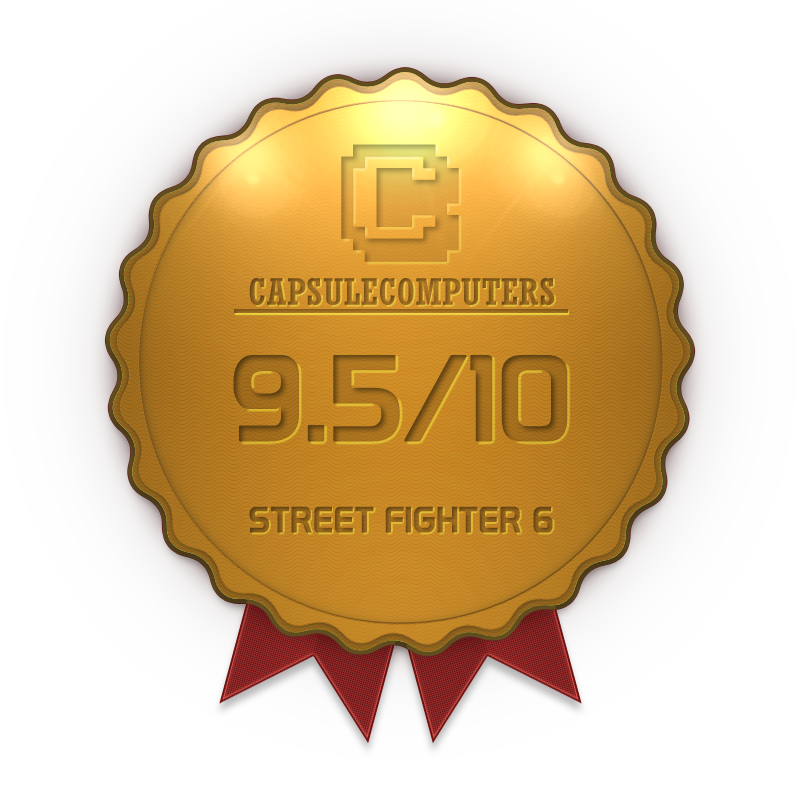
Capsule Computers review guidelines can be found here.


